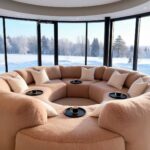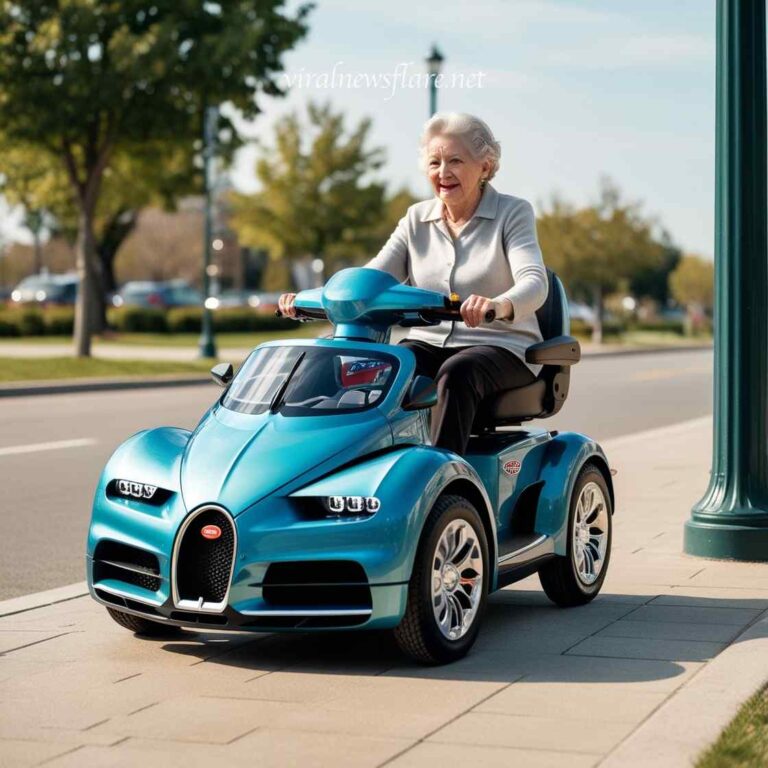In the rapidly evolving world of interior design and artistic innovation, a new trend has taken center stage—Active Scene Staircases. These staircases are more than mere functional elements; they are transformative pieces of art that integrate cutting-edge epoxy technology, captivating visuals, and dynamic storytelling. The mesmerizing nature of these designs lies in their ability to create immersive environments, where each step serves not just as a means of ascent or descent but as an integral part of an evolving narrative that delights and engages observers. This article delves into the intricate details behind Active Scene Staircases, exploring the blend of craftsmanship, technology, and artistic vision that makes these creations absolutely breathtaking.
The Allure of Epoxy in Modern Staircase Design
Epoxy has become a favorite medium for interior artists and designers due to its versatility, durability, and aesthetic appeal. This polymer resin, when combined with various additives, pigments, and embedded materials, transforms ordinary staircases into visually stunning works of art. The magic of epoxy is particularly evident in Active Scene Staircases, where its clarity and ability to hold vibrant colors and intricate designs play a pivotal role. The smooth, glass-like finish of epoxy creates an illusion of depth, and when imbued with active scenes, it becomes a canvas for storytelling.
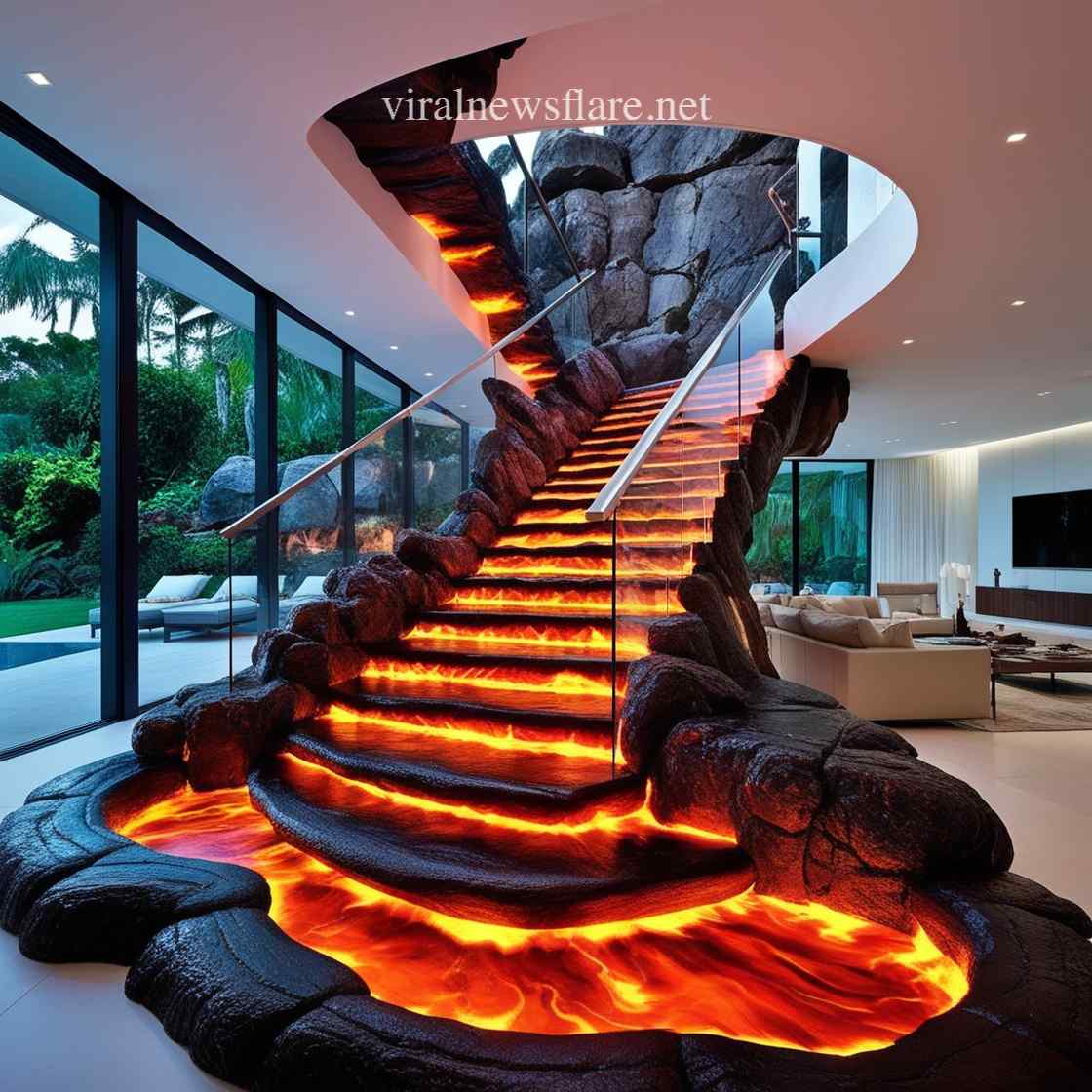
Epoxy’s chemical properties allow for seamless blending of colors and textures, which artists harness to create scenes that appear to come alive under different lighting conditions. The finishing process includes layering multiple coats of resin, each infused with unique pigments and possibly small objects or reflective particles, to evoke a dynamic and shifting visual experience. The result is a staircase that doesn’t just lead from one floor to another but guides its viewers through an evolving narrative, making each step an interactive journey.
Understanding Active Scene Staircases
At the heart of these mesmerizing creations lies the concept of Active Scene Staircases. Unlike conventional stairs, which are static and serve utilitarian purposes, these staircases are designed to be multi-dimensional experiences. The term “active scene” implies that the staircases are not just passive structures but are imbued with elements that change, move, or interact with their environment. Through the use of epoxy, lighting, and sometimes mechanical or digital elements, these staircases can simulate movement, create illusions, or even respond to the presence of people.
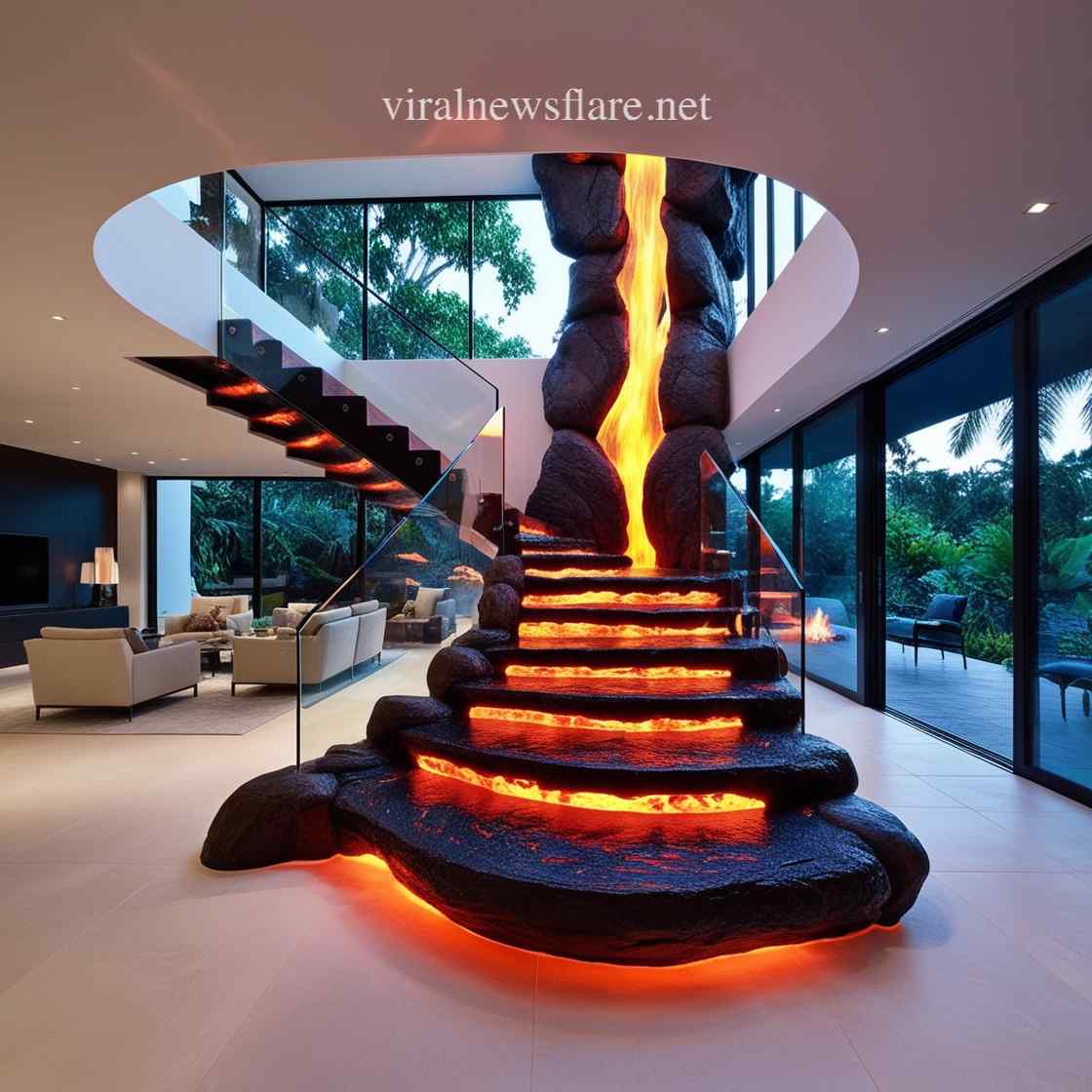
The idea is to create an ever-changing tableau that reflects emotions, seasons, or abstract concepts, transforming a mundane ascent into a mesmerizing journey. The integration of LED lights, reflective materials, and sometimes projections within the epoxy layers adds to this dynamism. Each step can reveal a different part of the scene, or the entire staircase may collectively tell a story that unfolds as one moves upward or downward. This constant evolution keeps viewers engaged, offering new perspectives and hidden details with every visit.
The Technology Behind the Magic
To truly appreciate the intricacy of Active Scene Staircases, it’s essential to explore the technological innovations that make them possible. The process starts with selecting high-quality epoxy resin known for its clarity and durability. Designers then incorporate various pigments, metallic powders, and other materials that can change appearance under different lighting or viewing angles.
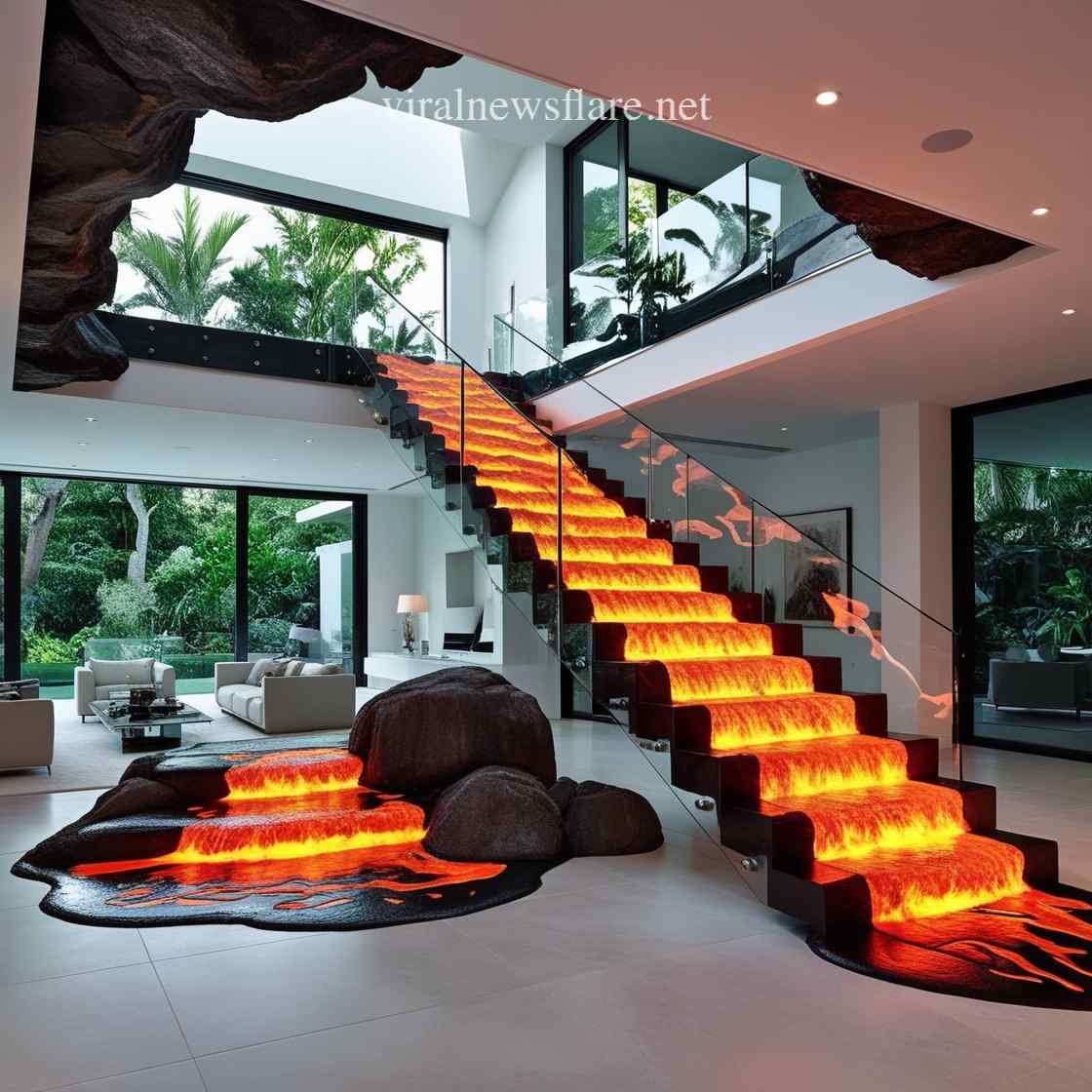
The most striking feature of Active Scene Staircases is the interplay of light and shadow. LED lighting, often synchronized with sensors or pre-programmed effects, is embedded beneath or around the staircase structure. These lights can change color, brightness, and pattern, altering the appearance of the epoxy scenes. For instance, a staircase might depict a serene ocean scene by day with gentle, flowing blue and green tones, but transform into a vibrant, energetic dance of colors by night through strategic illumination.
Advanced techniques such as thermochromic or photochromic additives can also be used within the epoxy layers. Thermochromic additives change color with temperature variations, while photochromic materials alter their shade based on light exposure. This adds another layer of interactivity to the staircase, as the scenes can subtly change with the environment or time of day, further enhancing the dynamic, “active” nature of the artwork.
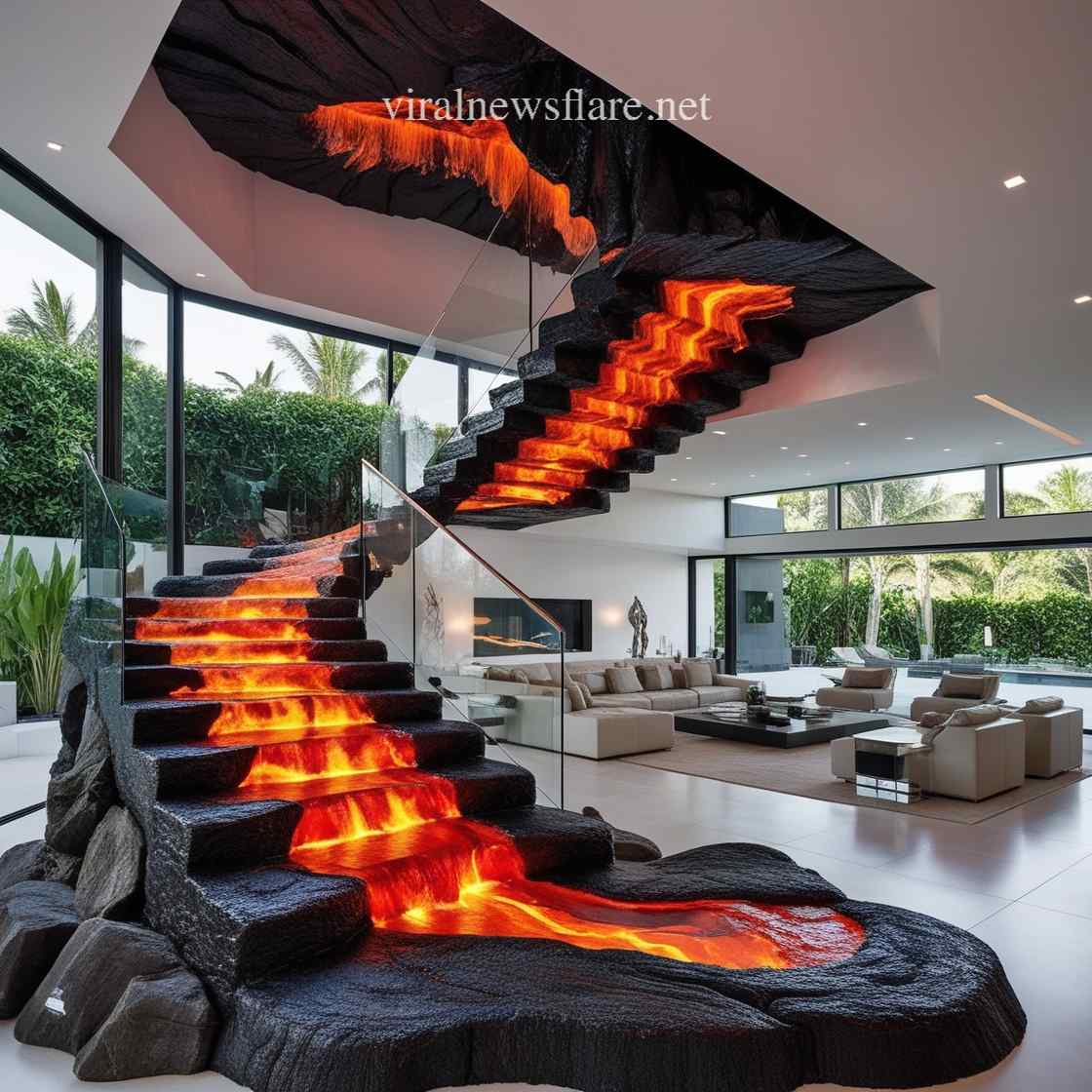
Moreover, modern digital fabrication techniques like 3D printing and CNC machining help in shaping and customizing the forms of the stairs themselves. These methods allow for complex geometries that incorporate the scenes in a seamless and integrated way. The careful design ensures that each step, riser, and landing becomes a part of the overall narrative, with transitions that feel natural and fluid.
Crafting the Perfect Active Scene
The creation of an Active Scene Staircase is a blend of meticulous craftsmanship and high-tech innovation. It begins with a conceptual phase where the designer envisions a scene or narrative that will be brought to life on the staircase. This might be inspired by nature, abstract art, futuristic themes, or cultural motifs. The goal is to create a scene that engages the viewer and integrates harmoniously with the surrounding space.
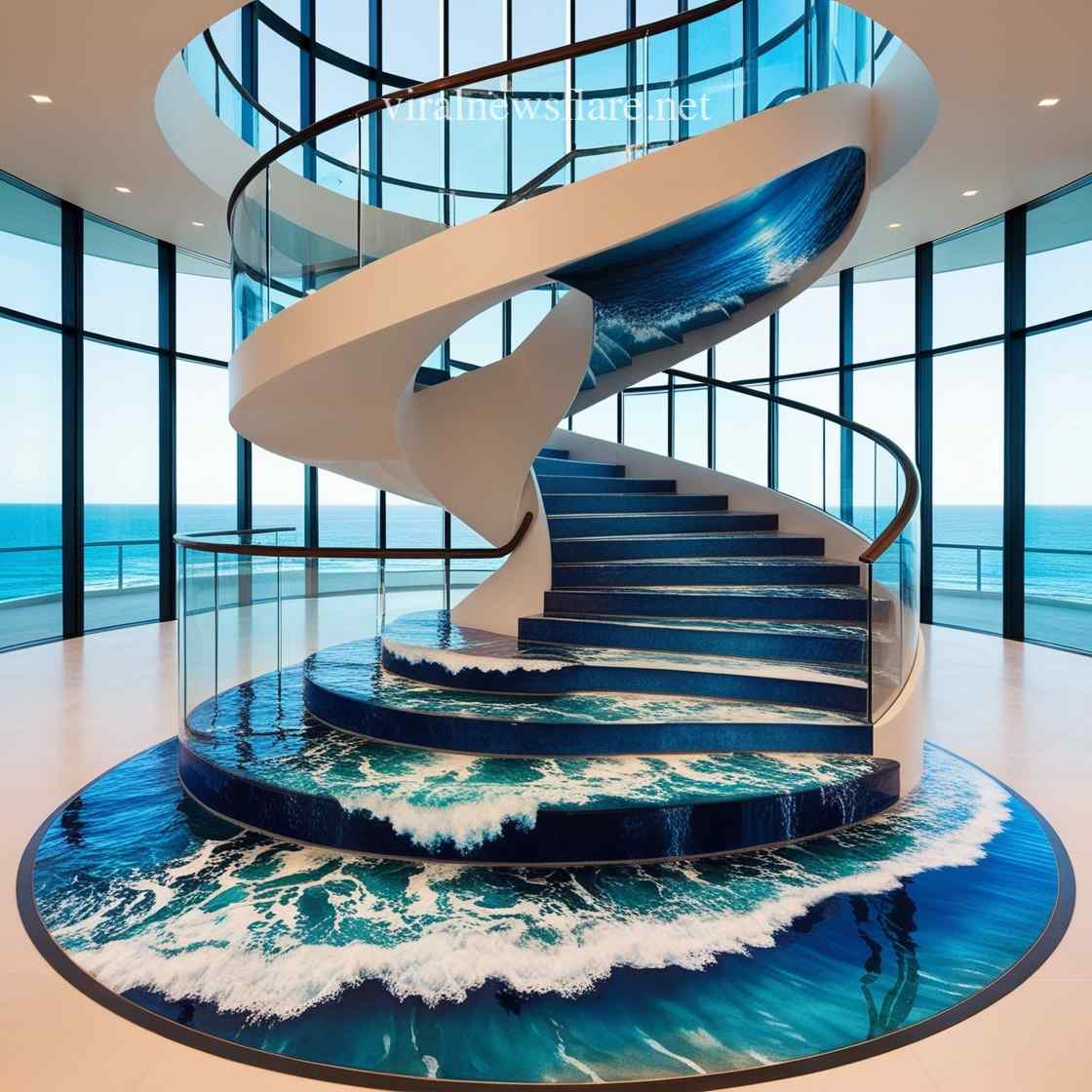
Next comes the design phase, where the staircase is digitally rendered and mapped out. Designers work closely with architects and engineers to ensure that the staircase isn’t just beautiful but also structurally sound and safe. The visual narrative is planned in layers, each corresponding to different sections of the staircase. For example, the treads might depict the ground, while the risers and walls of the staircase might extend the scene upward, creating a continuous panoramic effect.
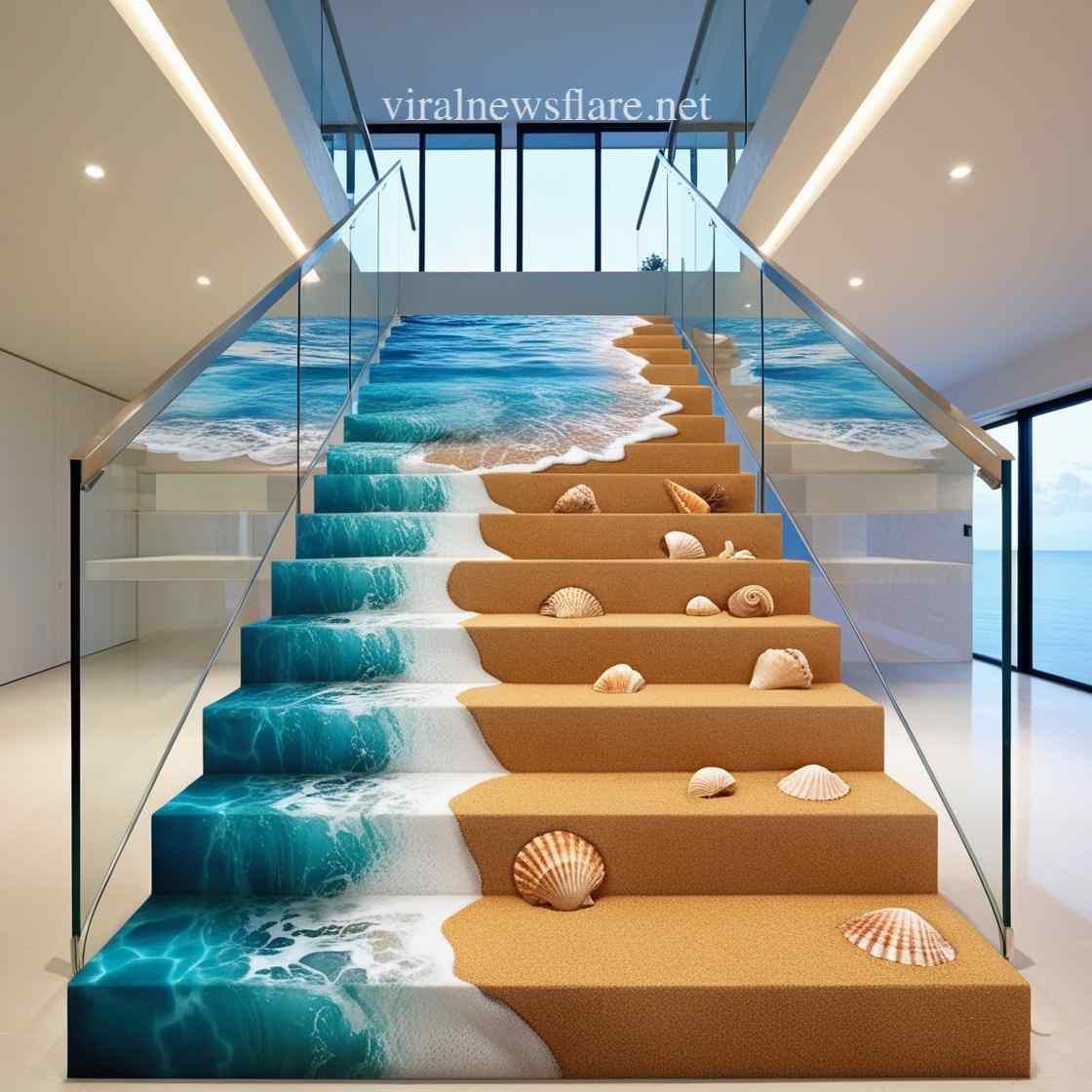
Once the design is finalized, the fabrication process begins. Multiple layers of epoxy are poured, each layer carefully timed to cure before the next is applied. This layering technique allows for intricate details and depth in the scenes, as different colors, images, and embedded objects can be placed at varying depths within the resin. Each layer might contain a different part of the scene, from the detailed foreground to the subtle background, creating an illusion of three-dimensionality.
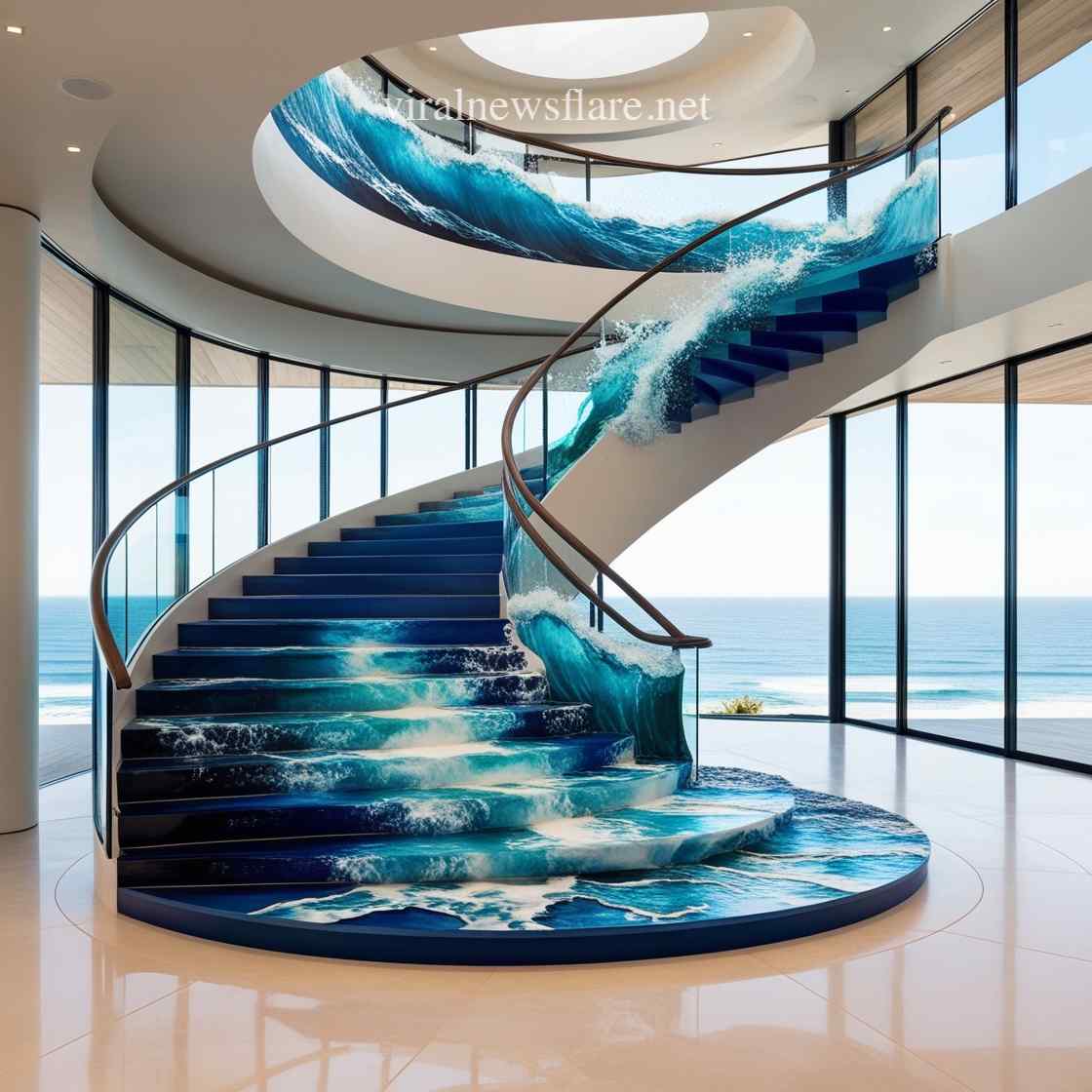
Lighting elements are incorporated at strategic points during this process. Fiber optics, LED strips, or even custom lighting arrays are integrated into the staircase structure in a way that they highlight specific features of the epoxy scenes. The placement of these lights is a complex task on its own, as the interplay between light and the resin material can change the color and vibrancy of the scene. Designers often use software to simulate how light will interact with the scenes at different times of day and from various angles.
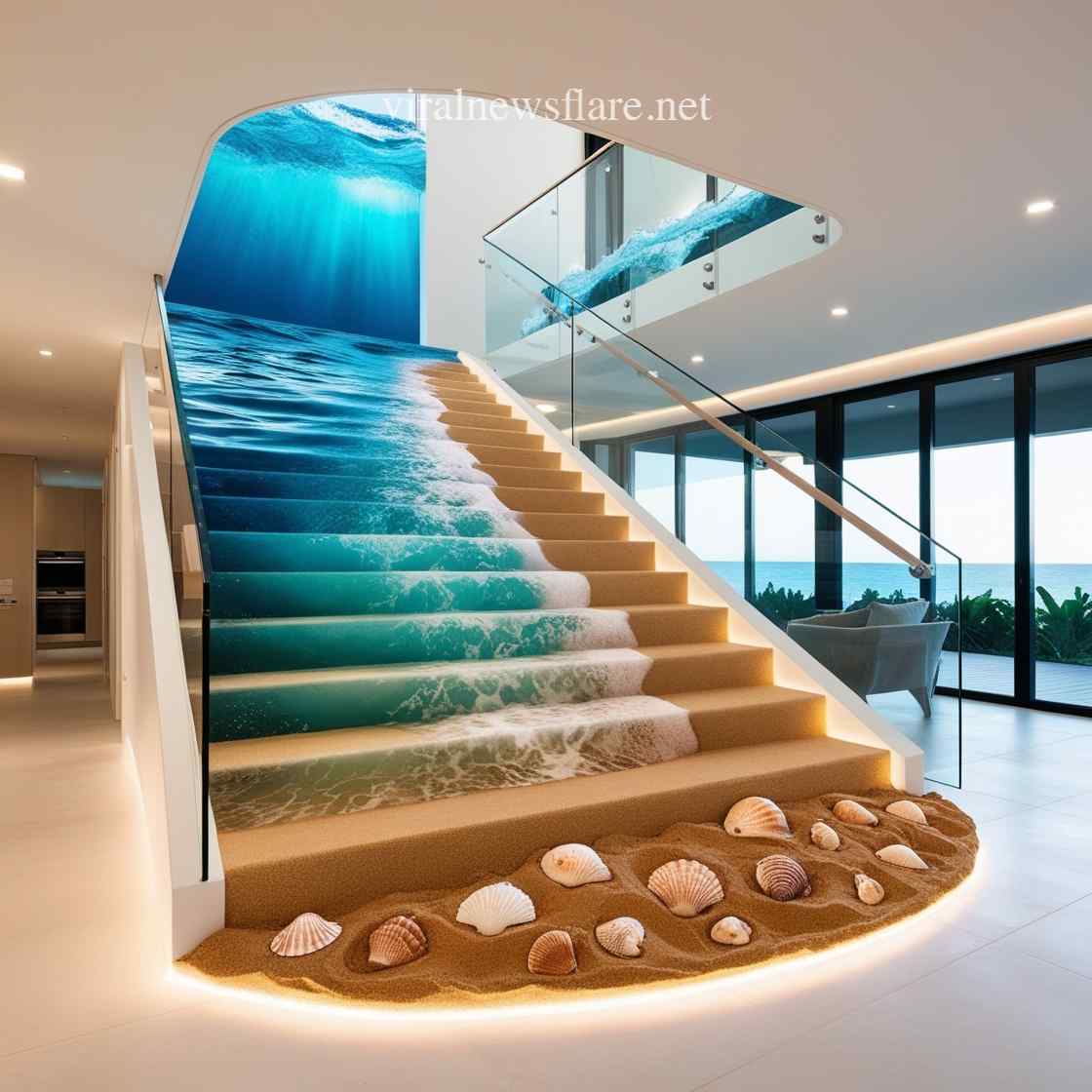
All these steps require a high degree of precision, artistic vision, and technical knowledge. The end result is an Active Scene Staircase that is not only functional but also a statement piece—a fusion of art, design, and technology that captivates onlookers and transforms the space in which it resides.
The Emotional and Psychological Impact
Walking up or down an Active Scene Staircase is an experience that can evoke a range of emotions. The scenes painted within the epoxy, combined with the subtle movements of light, can invoke feelings of calm, wonder, excitement, or nostalgia. This emotional response is intentional; designers carefully consider the psychological effects of colors, patterns, and movement when crafting these installations.
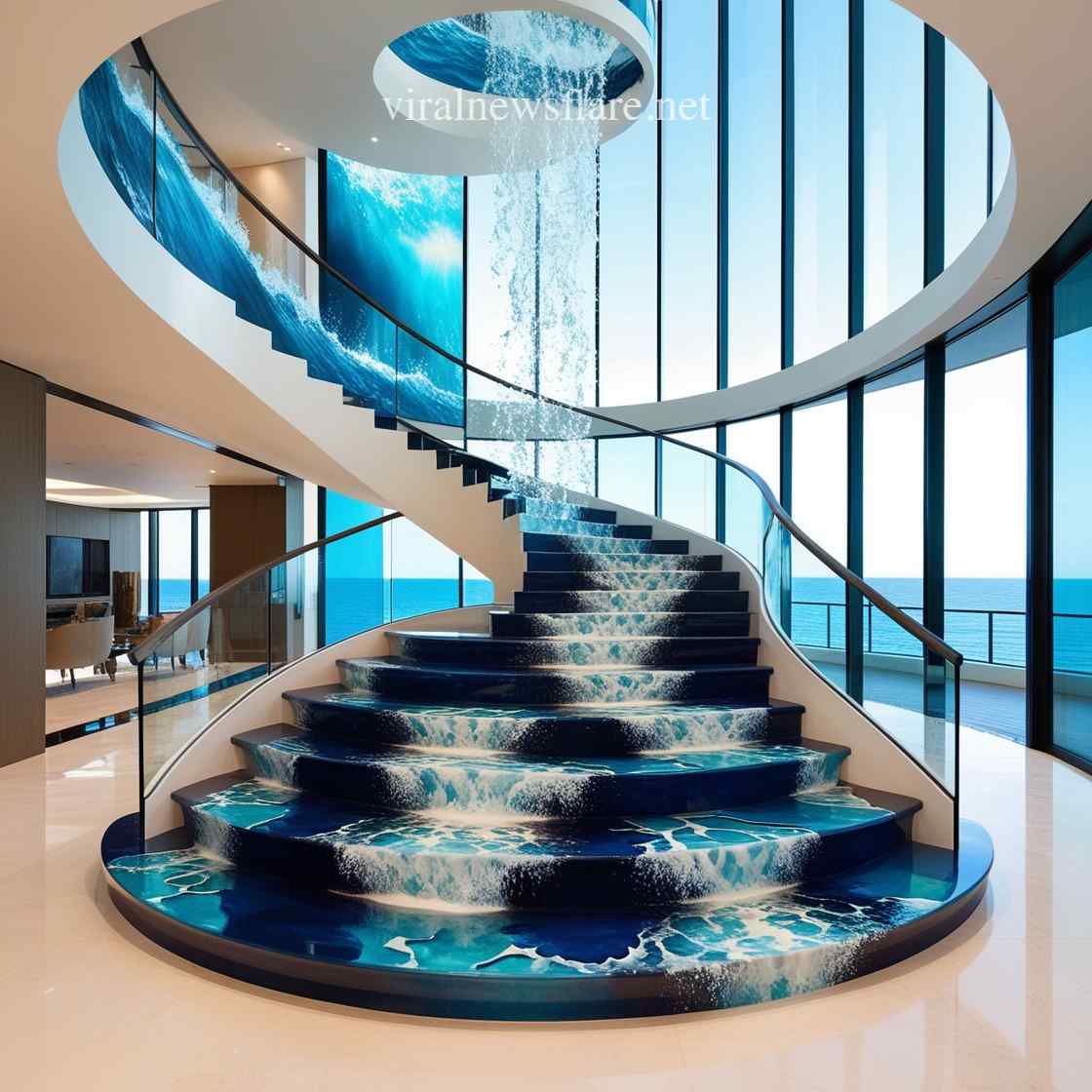
For instance, a staircase may feature a scene of a sunrise, with colors gradually shifting from deep blues to vibrant oranges and yellows as one ascends. This can evoke a sense of hope and renewal, making the journey upward feel inspiring and uplifting. Alternatively, a staircase might depict a lush forest scene with dappled light filtering through leaves, evoking feelings of tranquility and connection to nature. The interplay of light and shadow in these scenes can also simulate the passage of time, creating a meditative ambiance that encourages reflection and calm.
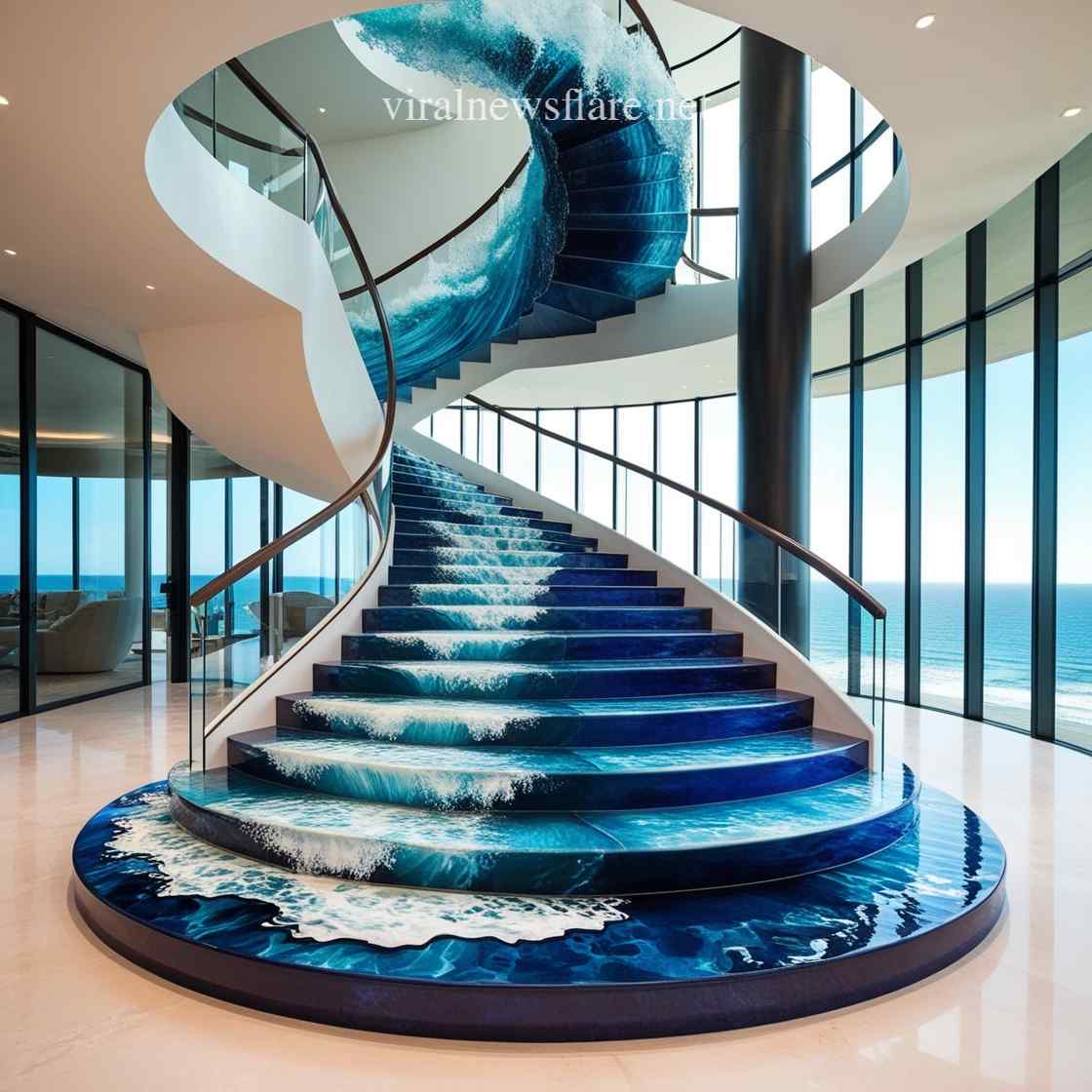
The active element of these staircases heightens their emotional impact. As visitors move along the staircase, their perspective changes, and new details come into view. This dynamic interaction between the observer and the art piece makes the experience personal and unique each time. The incorporation of interactive elements such as touch-sensitive lights or motion-activated changes can further deepen the sense of engagement, making the staircase not just a static installation but a living, breathing part of the environment.
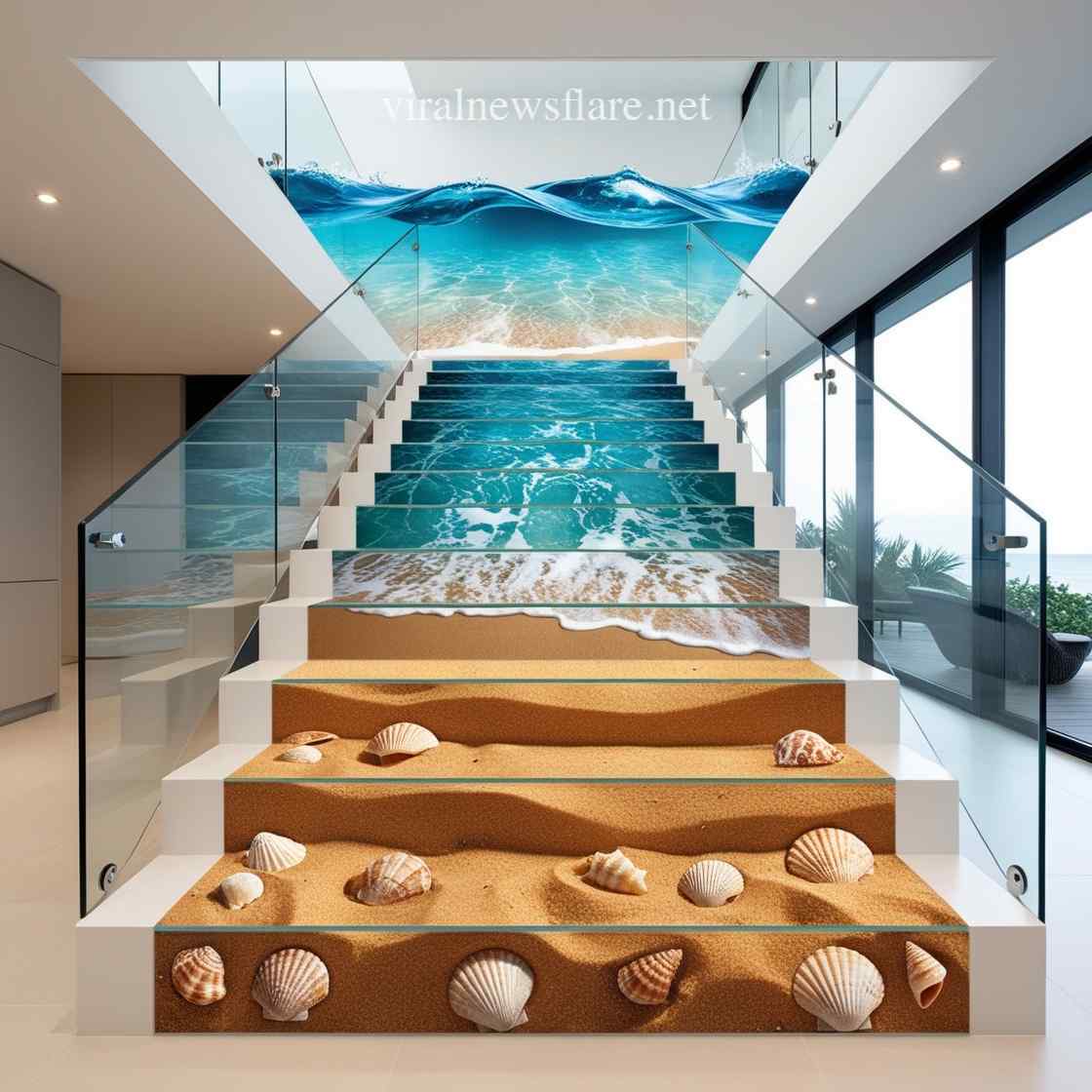
The use of bright, vivid colors in some designs can energize a space, while more subdued palettes can create a serene atmosphere. The psychological influence of color theory is well-documented, and designers of Active Scene Staircases leverage this knowledge to elicit desired responses from those who experience them. By crafting scenes that resonate on a subconscious level, these staircases become more than just decorative elements—they become catalysts for emotional and sensory journeys.
Real-Life Inspirations and Case Studies
Throughout the world, several architects and artists have begun to experiment with Active Scene Staircases, creating installations that redefine what a staircase can be. These real-life examples provide insight into the creative possibilities and the level of detail that goes into making these designs truly mesmerizing.
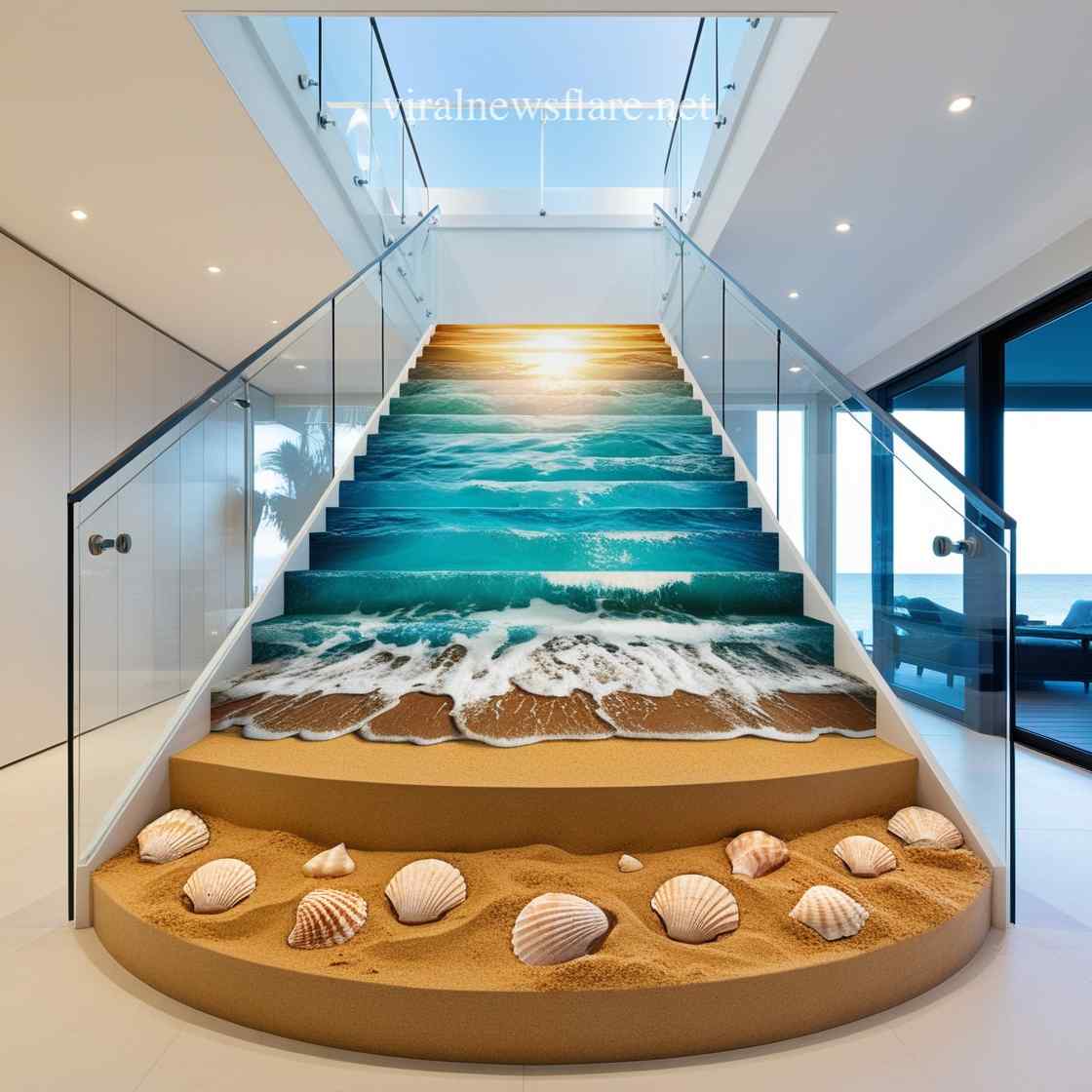
One notable example is a multi-level staircase in a modern art museum. The staircase features an oceanic scene, where the steps appear to blend seamlessly into the floor, walls, and ceiling, creating an illusion of being underwater. Embedded LED lights mimic the flickering patterns of sunlight filtering through water, and the use of epoxy with embedded glittering particles gives the appearance of shimmering aquatic life swimming among the steps. Visitors often find themselves pausing on each step, mesmerized by how the scene changes subtly as they move, discovering new details and interactions of light and shadow.
In another case study, a residential home showcases a staircase inspired by a fantastical forest. The stairs are embedded with various natural elements like moss, twigs, and leaves captured in epoxy, while integrated lighting simulates shafts of sunlight breaking through tree canopies. The effect is both magical and calming, transporting residents and guests into a serene natural world within the confines of a home. This installation not only serves as a functional element but becomes a focal point, an ever-present work of art that adds character and a sense of wonder to the living space.
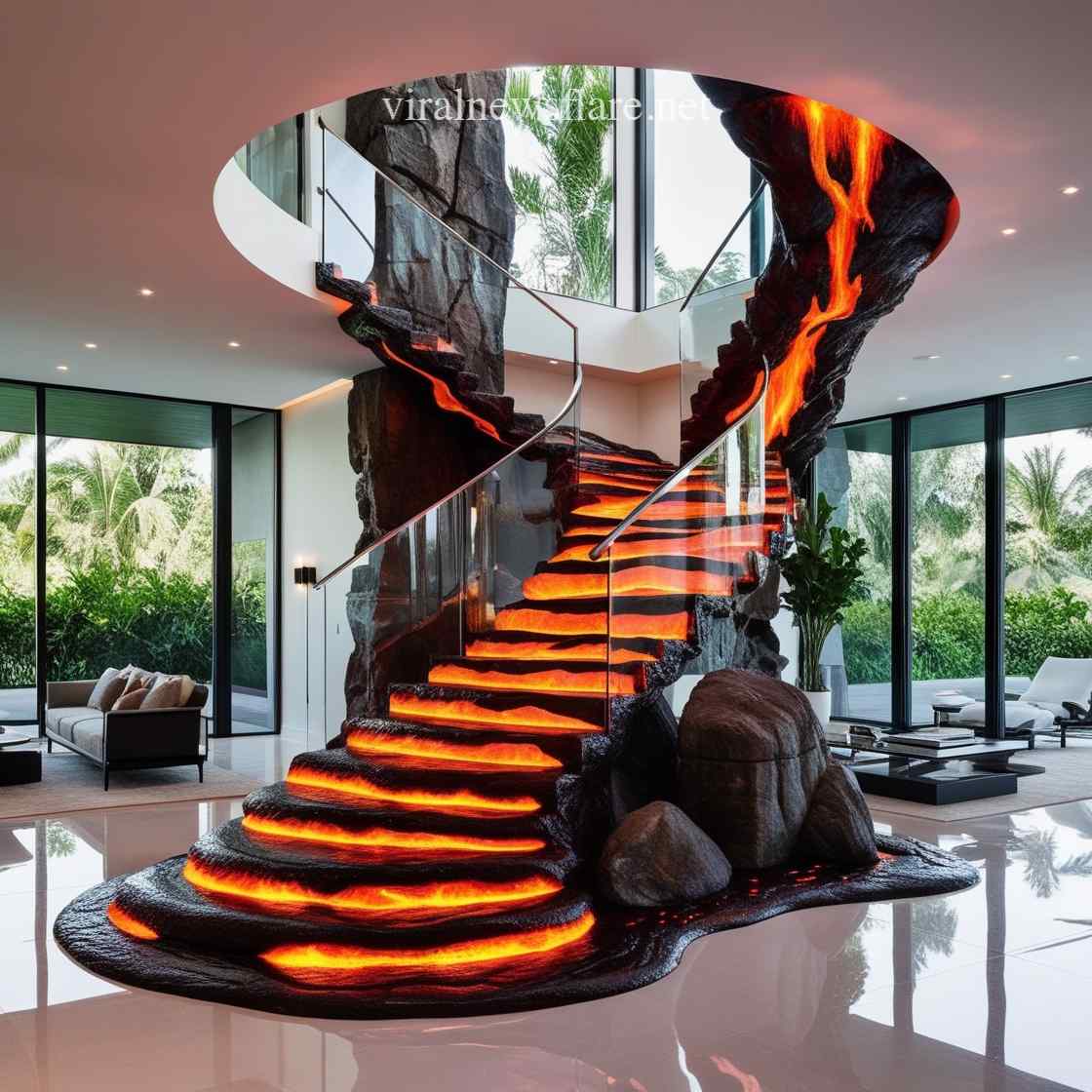
These examples highlight the versatility of Active Scene Staircases—they can be customized to fit a wide range of themes and settings. The scenes can be whimsical, surreal, realistic, or abstract, reflecting the personality of the space and its inhabitants. The common thread, however, is the remarkable ability of these staircases to captivate the imagination, blending art and architecture in ways that truly redefine interior design.
The Fusion of Art and Architecture
The creation of Active Scene Staircases sits at the intersection of art and architecture, a fusion that demands respect for both form and function. While the visual spectacle is undeniably important, the structural integrity of the staircase cannot be compromised. Architects and designers work hand in hand with engineers to ensure that these elaborate installations adhere to building codes and safety standards, all while delivering stunning visuals.
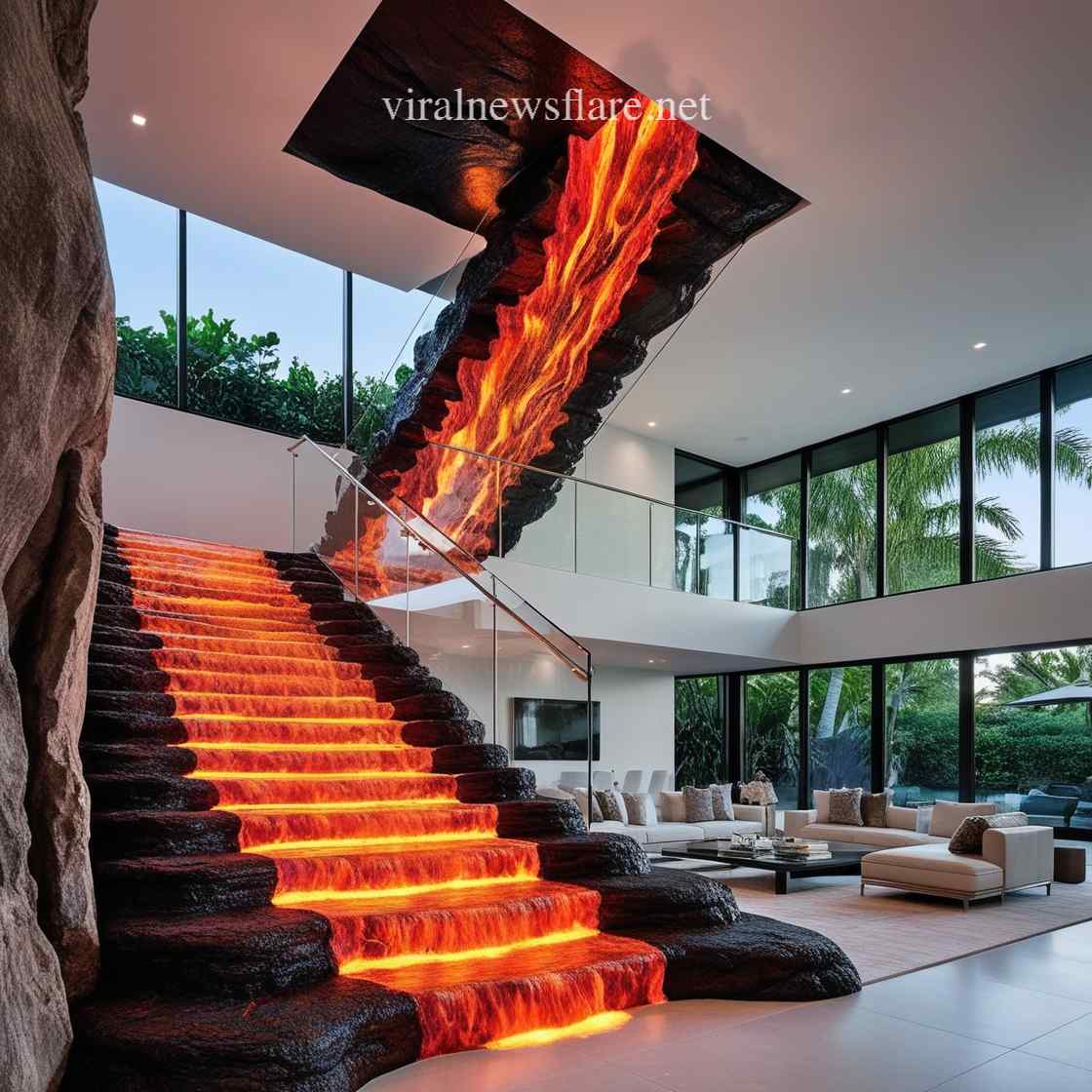
A key challenge in merging art with architecture is balancing aesthetic appeal with practicality. Epoxy, while beautiful, must be applied in a way that maintains a durable, slip-resistant surface for everyday use. The integration of lighting and other electronic components must be done discreetly, ensuring that the staircase remains safe and accessible. Designers often use hidden channels and recesses within the structure to conceal wiring and fixtures, creating a seamless look that prioritizes both safety and beauty.
These staircases also present unique opportunities for sustainable design. Some artists and architects are exploring the use of eco-friendly epoxy resins and energy-efficient lighting solutions, making Active Scene Staircases not only visually stunning but also environmentally responsible. Solar-powered LED lights, recycled materials, and low-VOC epoxies can all be integrated into the design process, allowing for a greener approach to creating these masterpieces.
The collaborative nature of these projects is what truly sets them apart. They require a blend of creative vision, technical know-how, and engineering precision. An architect may conceive the overall spatial design, while an artist might envision the narrative or theme that unfolds on the staircase. Engineers then work to ensure that the vision is brought to life safely, selecting materials and methods that support both the aesthetic and structural requirements. This synergy of disciplines results in a product that is greater than the sum of its parts—a true testament to interdisciplinary collaboration.
The Future of Active Scene Staircases
As technology continues to advance and our desire for immersive experiences grows, the future of Active Scene Staircases appears boundless. Already, we are witnessing innovations that suggest even more interactive and personalized designs on the horizon. The integration of augmented reality (AR) and virtual reality (VR) could soon allow staircases to change their appearance based on who is using them, or even tell personalized stories tailored to individual experiences.
Imagine a staircase that adjusts its scene based on the time of day, the weather outside, or even the mood of the person climbing it. Sensors could detect the presence of individuals, triggering changes in lighting, color, or even sound embedded within the epoxy layers to create a personalized experience. The staircase could tell a story that evolves with each step, reflecting the choices or preferences of the user, making each journey unique.
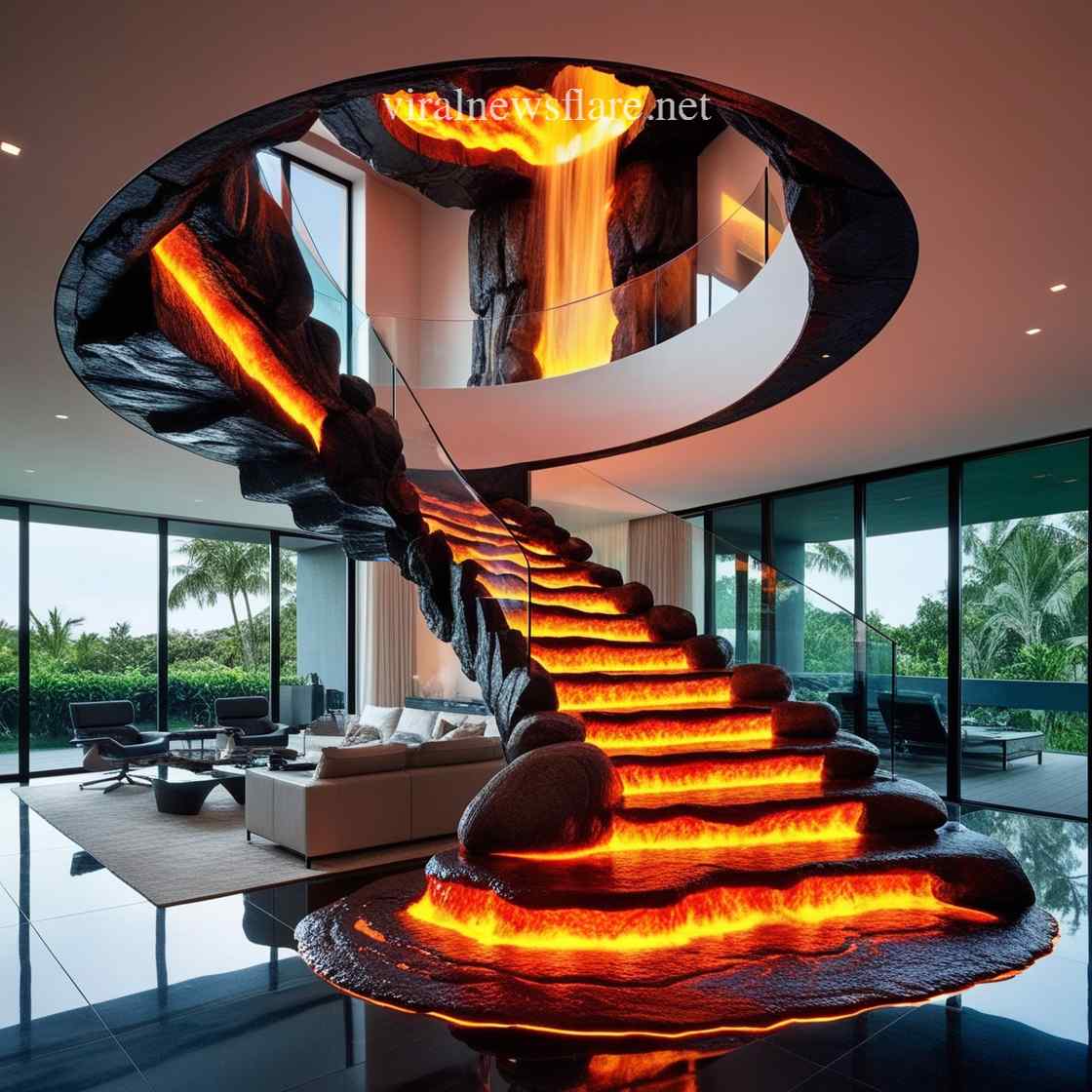
Additionally, advancements in smart home technology allow for the integration of voice control and automated adjustments. Homeowners might command their staircase to display a serene night sky or a vibrant cityscape through simple voice commands. This level of interactivity not only makes the staircase a centerpiece of innovation but also enhances the overall user experience, blending convenience with aesthetic pleasure.
The potential applications for Active Scene Staircases extend beyond private residences and public buildings. Museums, galleries, hotels, and commercial spaces can all benefit from the enchanting allure of these installations. They can be used to tell historical narratives, showcase artworks in a new light, or create captivating backdrops for events and celebrations. The ability to adapt and change these scenes allows for versatility—what begins as a seasonal display in winter might transform into a blooming spring landscape, keeping the installation fresh and relevant throughout the year.
As materials improve and techniques evolve, we might see even more realistic and detailed scenes emerge. The use of holographic projections embedded within the resin, advanced photoluminescent materials, or even kinetic sculptures that move in response to environmental cues could push the boundaries of what is possible. These innovations will likely make Active Scene Staircases not just popular but a standard element of modern design, where every element of architecture can become a canvas for creativity.
The Role of Active Scene Staircases in Interior Design
In the realm of interior design, Active Scene Staircases are more than just functional structures—they are transformative focal points that set the tone for an entire space. These staircases can define the aesthetic of a home or public space, acting as a statement piece that reflects a design philosophy centered on innovation, storytelling, and experiential living.
Designers can use these staircases to tie together disparate elements of interior décor, establishing a cohesive theme that resonates throughout the space. For example, a home with a futuristic design might benefit from a staircase that uses neon colors, abstract patterns, and dynamic lighting to create a sense of movement and progress. Conversely, a more traditional setting might incorporate nature-inspired scenes, warm earth tones, and subtle lighting to evoke a sense of harmony and timelessness.
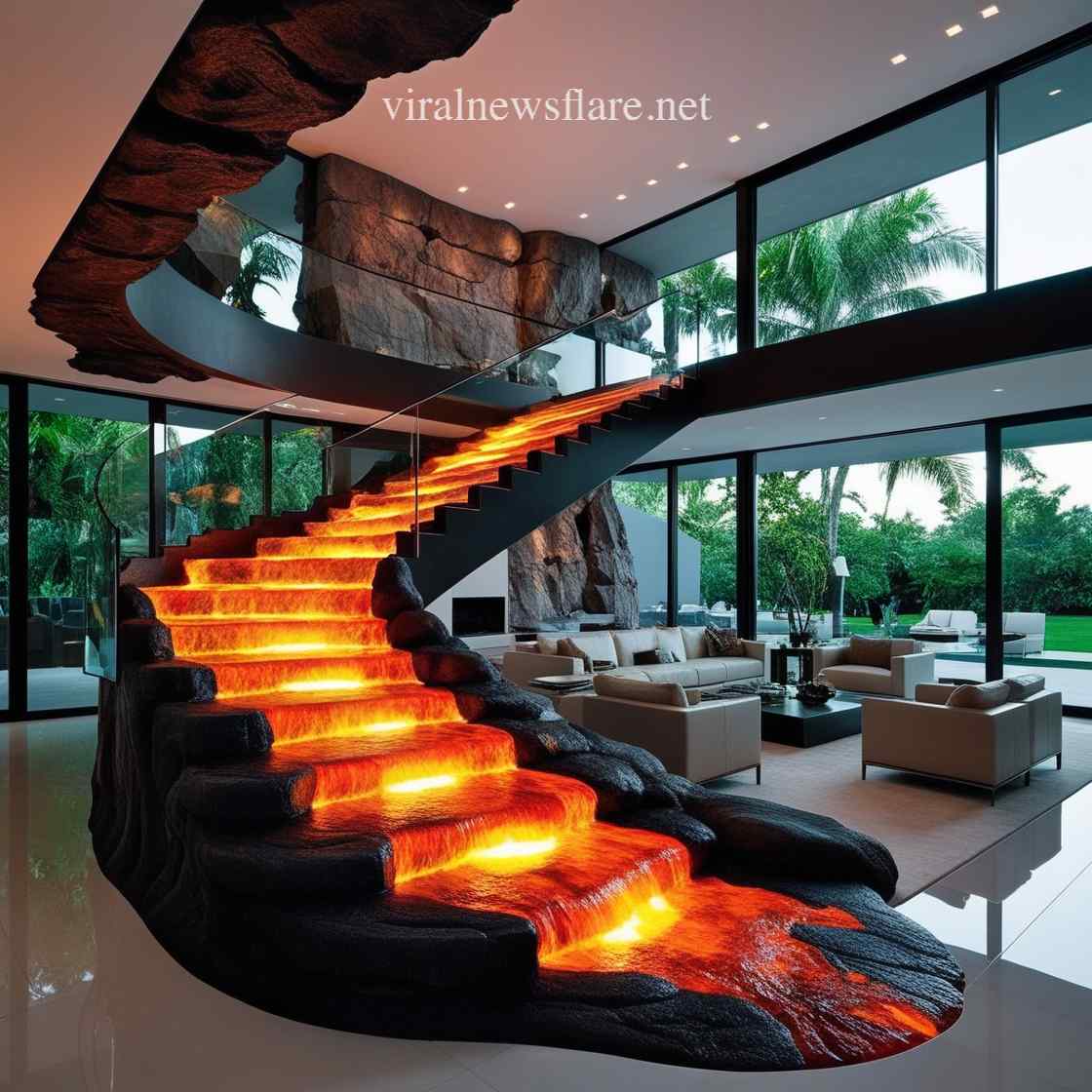
The incorporation of Active Scene Staircases into interior design encourages a shift away from static, passive decoration toward interactive, living art. This transition reflects broader trends in design that prioritize user experience, personalization, and multisensory engagement. By inviting occupants and visitors to experience the staircase as an evolving artwork, designers create spaces that are not only visually appealing but also emotionally and intellectually stimulating.
Furthermore, these staircases often serve as conversation starters, creating a sense of wonder and curiosity. Guests might gather around, discussing the intricate details of the scenes, sharing interpretations, and connecting over the shared experience. This social aspect adds another layer of value, turning the staircase into a communal gathering point and fostering a sense of community.
In designing interiors with an Active Scene Staircase as the centerpiece, lighting designers, furniture makers, and interior decorators must consider how the staircase interacts with surrounding elements. The colors, materials, and patterns in the nearby spaces can either complement or contrast with the staircase, either enhancing its impact or creating dynamic tension. Designers often opt for more subtle, muted elements around the staircase to let it stand out, or conversely, they might echo its themes in furniture, fabrics, and wall art to create a unified sensory experience.
Conclusion: A New Era of Staircase Design
The emergence of Active Scene Staircases heralds a new era in design where art, technology, and architecture coalesce to redefine everyday spaces. These mesmerizing staircases do more than provide a way to move between floors—they offer an experience that captivates the senses, evokes deep emotional responses, and transforms the ordinary into the extraordinary.
Through the masterful use of epoxy, lighting, and interactive technology, designers and artists are pushing the boundaries of what is possible, creating staircases that tell stories, evoke atmospheres, and respond to their environment. The meticulous planning, interdisciplinary collaboration, and innovative spirit behind each Active Scene Staircase make them a testament to human creativity and our desire to infuse beauty and meaning into every aspect of our lives.
As we look to the future, it’s clear that these dynamic installations will continue to evolve, offering ever more intricate, personalized, and immersive experiences. Whether in homes, public spaces, or commercial settings, Active Scene Staircases are set to become iconic symbols of a design philosophy that values not just how spaces look, but how they make us feel, how they tell a story, and how they seamlessly merge art with everyday functionality.
In this captivating dance between material and imagination, the staircase is no longer just a means to an end but a destination in itself—an ever-changing masterpiece that invites us to explore, to dream, and to be mesmerized by the art that surrounds our steps.
